Article
Easy-Greasy: The New MPR GI
26 Apr 2024
Testing grease in conditions that mimic real-world mechanical stresses has always been a significant challenge for researchers. Starvation during these …
Read moreWhether you travel by road, rail, air or sea, you can be sure that tribology has played a part in getting you to your destination safely and efficiently.

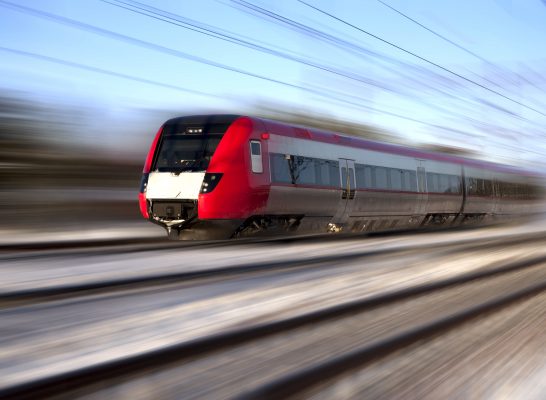


Regardless of your mode of transport, tribology will be playing a part in it. Tribology is the study of interacting surfaces in relative motion, which means even the relationship between the sole of a shoe and a path is tribology. For vehicles such as cars and buses, the tribological systems are even more obvious. From the tyre contact with the road, to the brake pads and brake discs, through to bearings, gears and other engine components, tribological research has been conducted on a host of areas. Trains operate with similar tribological issues; they also have engines, brakes, and wheels, but here we are looking at a different scale of load and materials, requiring yet more in-depth research and evaluation. The same is true for boats, planes and bikes.
PCS’ range of instruments have been used by researchers at companies and universities around the world to study the full range of the tribological systems found in transport applications. With PCS’ equipment, researchers can achieve realistic and representative testing of lubricants, coatings and materials at a variety of different conditions, with test parameters and profiles tailored to match what is seen in the field. It is not just one piece of equipment that is used to develop understanding of a tribological system either, often a host of PCS’ instruments are used together to give a better picture of how lubricants, coatings or materials will stand up in the field.
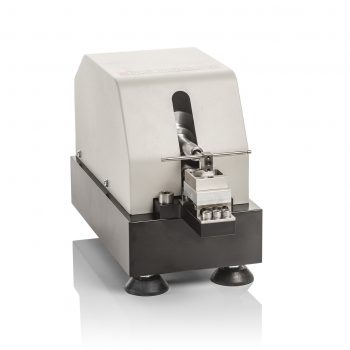
A ball-on-plate reciprocating friction and wear test system, assessing the performance of both fuels and lubricants under boundary conditions.
Learn more
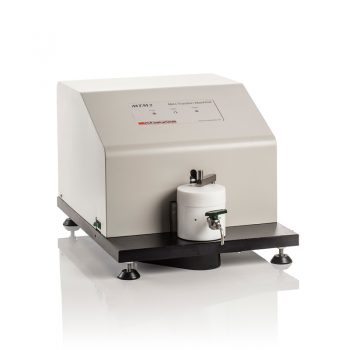
A ball-on-disc instrument for measuring the frictional properties of lubricated and unlubricated contacts under a wide range of rolling and sliding conditions.
Learn more
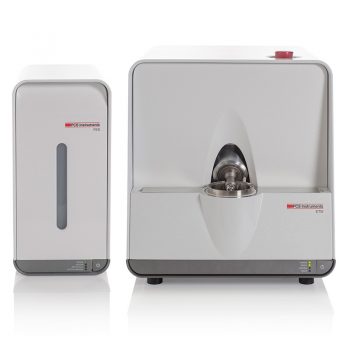
Ball-on-disc instrument for measuring the frictional properties of lubricated and unlubricated contacts under extreme pressures and a wide range of rolling and sliding conditions.
Learn more
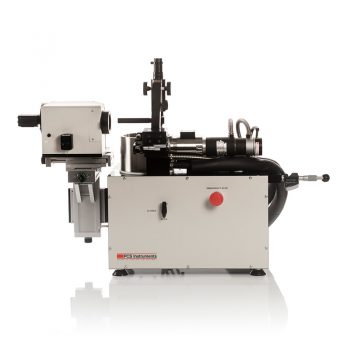
A fully automated, benchtop instrument, measuring lubricant film thickness down to 1nm in the elastohydrodynamic (EHD) lubricating regime.
Learn more

Triple disc machine for researching rolling contact fatigue (RCF) failure mechanisms in the form of micro and macro pitting under lubricated and unlubricated conditions.
Learn more

A fully automated, Ball-on-Cylinder wear test system which provides a fast, repeatable assessment of the lubricity of aviation fuels.
Learn more